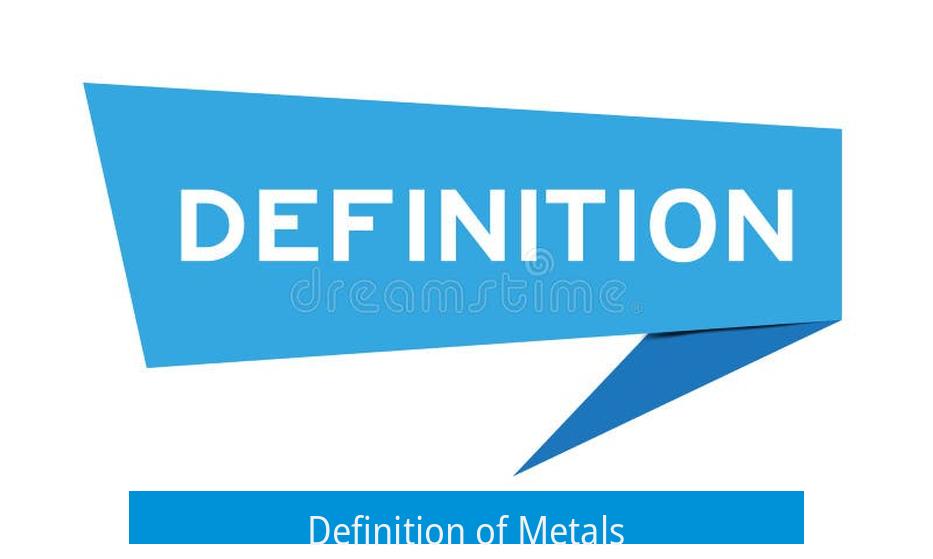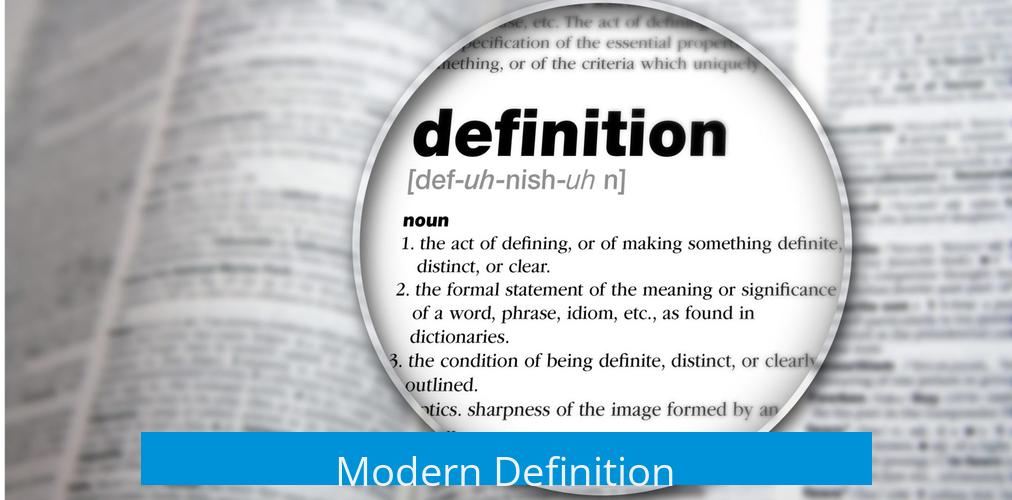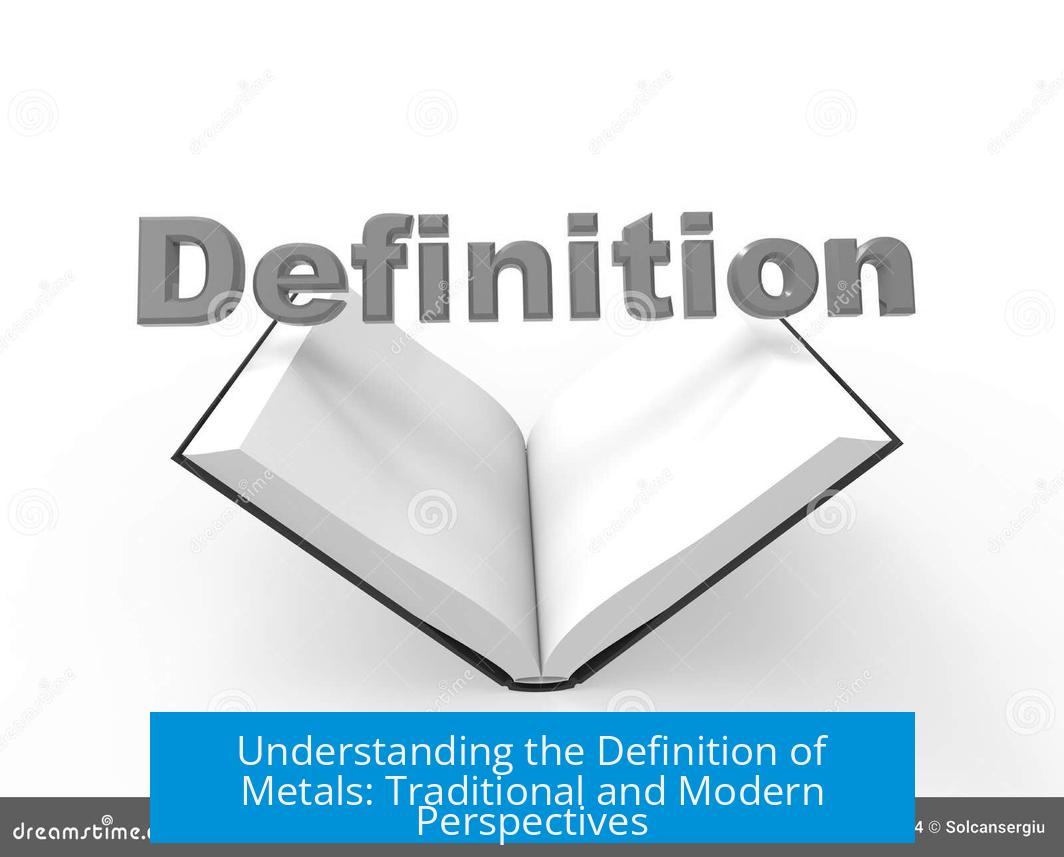Definition of Metals

Metals are defined primarily by their ability to form positive ions and exhibit metallic bonding; additionally, the overlap of valence and conduction bands in their electronic structure characterizes metals in modern terms. However, no single definition fits all metals due to various exceptions and differing contexts.
Traditional Definition
Traditionally, metals are elements that readily lose electrons to form positive ions. This behavior coincides with metallic bonding, where atoms share a “sea of electrons” allowing them to conduct electricity and heat effectively.
Modern Definition

The modern approach defines metals by their electronic band structure. Metals have overlapping valence and conduction bands, enabling free electron movement and electrical conductivity. This quantum view provides insight into metal behavior at the atomic level.
Limitations and Exceptions
- No definition applies universally; many metals have exceptions.
- Some metals show poor conductivity or small band gaps, blurring lines with semiconductors.
- Transition metals and group I and II elements fit classical definitions well.
- Some metalloids show metallic traits, complicating strict classification.
Alternative Definitions and Field-Specific Uses
In astronomy, the term “metal” expands broadly to mean any element heavier than hydrogen or helium, illustrating how definitions vary by discipline.
Periodic Table Placement
A practical way to categorize metals is their location on the periodic table. Elements left of the stepped line are generally metals, providing a clear but not absolute boundary distinguishing metals from metalloids and nonmetals.
Scientific Progress and Definitions
Metal definitions evolve as research uncovers new exceptions. Early chemistry rules are taught for simplicity but often have many exceptions reflecting ongoing scientific refinement.
Key Takeaways
- Traditional metals form positive ions and show metallic bonding.
- Modern definition relies on overlapping valence and conduction bands.
- No single property defines all metals; exceptions exist.
- Periodic table placement remains a practical classification tool.
- Definitions vary in different scientific fields, like astronomy.
What is the traditional way to define a metal?
A metal traditionally is defined as an element that forms positive ions easily and shows metallic bonding. This means it loses electrons to form +ve ions and shares electrons in a metallic lattice.
How does the modern definition of metals differ from the traditional one?
The modern approach states a metal has overlapping valence and conducting bands. This overlap allows metals to conduct electricity well. It focuses on electronic structure rather than ion formation.
Is there a single definition that covers all metals?
No, there is no single all-encompassing definition. Metals have general traits but also exceptions. Different fields and contexts may use various criteria to define what a metal is.
How do astronomers define metals?
Astronomers call all elements except hydrogen and helium metals. This is a broad definition and has exceptions, but it helps in understanding stellar composition.
Can the periodic table placement define metals?
Yes, metals are typically all elements to the left of the stepped line on the periodic table. This line separates metals from metalloids and nonmetals, giving a clear boundary in this context.
Are there exceptions to how metals conduct electricity?
Yes, some metals have small band gaps or lower conductivity. Transition metals and alkali or alkaline earth metals are more clearly metals, but exceptions exist especially among poorer conductors.





Leave a Comment